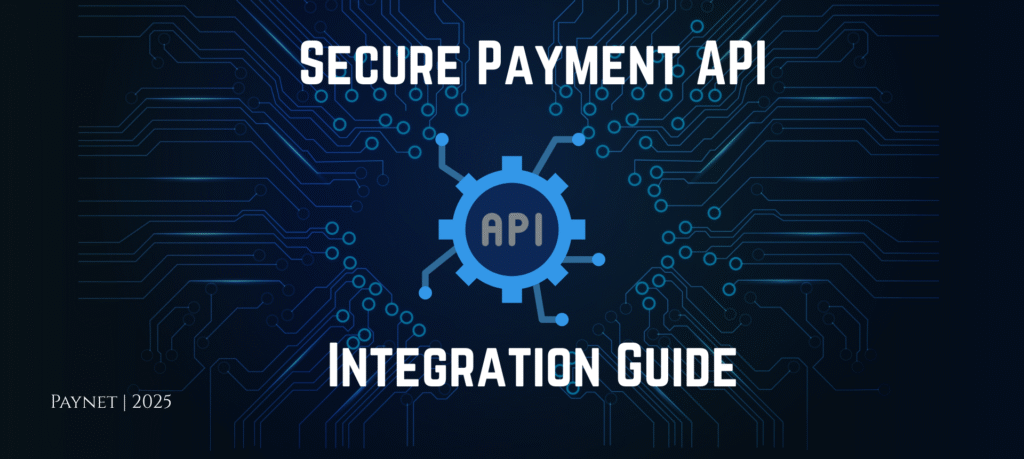User Behavior in Digital Wallet Usage: Insights That Are Shaping the Future of Digital Payments – [Cloned #1447]
Home UPI Growth and Adoption Insights: How India’s Favorite Payment System Is Shaping the Future of Finance Explore UPI growth...

Essential security practices for payment API integration—encryption, authentication, fraud prevention, and PCI compliance for developers.
Zero Trust Architecture
Verify every request (even internal ones)
Implement strict access controls
Assume network compromise at all times
Defense in Depth
Layer security controls:
Network (firewalls, WAF)
Application (input validation, auth)
Data (encryption, tokenization)
Least Privilege Access
Grant minimum permissions needed
Regularly audit API access rights
2. Authentication & Authorization
Recommended Methods
|
Method
|
Use Cases
|
Implementation Tip
|
|---|---|---|
|
OAuth 2.0 + PKCE
|
Mobile/SPA clients
|
Use short-lived tokens (≤1hr)
|
|
Mutual TLS
|
Server-to-server
|
Rotate certificates quarterly
|
|
JWT
|
Session management
|
Set AUD and ISS claims
|
|
HMAC Signing
|
Webhooks
|
Rotate secrets monthly
|
Critical:
Never expose API keys in client-side code
Implement IP whitelisting for sensitive endpoints
Encryption Requirements
|
Layer
|
Standard
|
Implementation
|
|---|---|---|
|
Transport
|
TLS 1.3
|
Enforce with HSTS
|
|
At Rest
|
AES-256
|
Use AWS KMS/GCP KMS
|
|
Tokenization
|
PCI-compliant
|
Never Stop PAN's
|
PCI DSS Must-Haves
Never store CVV/CVC after auth
Mask PANs in logs (show first 6/last 4 only)
Quarterly ASV scans for public endpoints
Real-Time Validation
Python Code
def validate_payment(request):
if request.ip in threat_intel_db: return reject()
if velocity > $5000/hour: return review()
if bin_country != shipping_country: return flag()
Advanced Protection
Device fingerprinting (FingerprintJS)
Behavioral biometrics (typing patterns)
ML anomaly detection (historical pattern matching)
Rate Limiting
NGINX
location /api/v1/payments {
limit_req zone=payments burst=10 nodelay;
limit_req_status 429;
}
INPUR VALIDATION
// UNSAFE:
const query = `SELECT * FROM payments WHERE id = ${input}`;
// SAFE:
const stmt = db.prepare(“SELECT * FROM payments WHERE id = ?”);
Security Headers
StrictSecurity: max-age=63072000; includeSubDomains; preload
Content-Security-Policy: default-src ‘none’; script-src ‘self’
X-Content-Type-Options: nosniff–
Essential Logs
All authentication attempts (success/fail)
Payment state changes (created→completed→refunded)
Privileged operations (merchant account changes)
Alert Thresholds
|
Stantard
|
Key Requirements
|
|---|---|
|
PCI DSS
|
SAQ-A for redirects, SAQ-D for direct API
|
|
PSD2
|
SCA (3DS2) for European transactions
|
|
GDPR
|
Data minimization, right to erasure
|
✅ Implement OAuth 2.0 with PKCE for clients
✅ Enforce TLS 1.3 with modern cipher suites
✅ Tokenize all sensitive data before storage
✅ Validate inputs against strict schemas
✅ Monitor API traffic for anomalies
✅ Conduct quarterly penetration tests
|
Factor
|
API Integration
|
SDK Integration
|
|---|---|---|
|
Control
|
Full customization
|
Limited options
|
|
PCI Scope
|
Your responsibility
|
Provider handles
|
|
Effort
|
High
|
Low
|
|
Best for
|
Entreprise (Custom flow )
|
Startup , Quick Flow
|
Home UPI Growth and Adoption Insights: How India’s Favorite Payment System Is Shaping the Future of Finance Explore UPI growth...
Home User Behavior in Digital Wallet Usage: Insights That Are Shaping the Future of Digital Payments Explore changing user behavior...
Home New Features in UPI and Mobile Wallets 2025: Smarter, Safer & More Seamless Than Ever Explore the latest features...